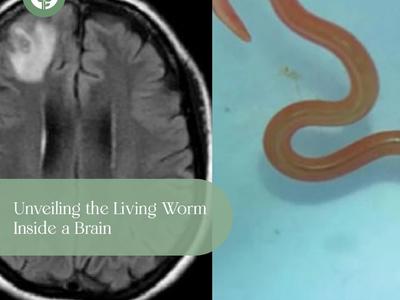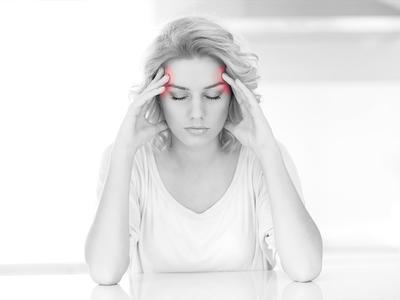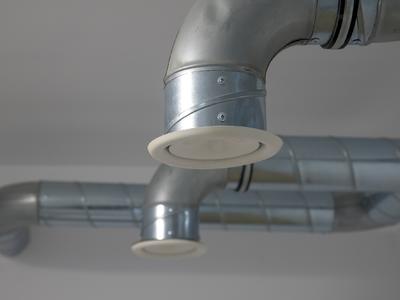How to heal from an old injury
During the course of our lives, we will sustain injuries that might not fully heal, leading to old injuries that are either a constant source of irritation or occasional periods of pain. In many cases, we mistakenly believe that such discomfort is one of life’s crosses to bear, but that’s simply not true. There are a number of ‘old injury therapies’ available as well as the restorative power of physiotherapy to help relieve aches and pain.
While physiotherapy is often recommended for new injuries or for post-surgery care, it can actually be extremely beneficial for lingering injuries, whether months or years have passed since damage was first inflicted.
Injuries tend to weaken the part of the body in which damage has occurred, often because people cannot physically move due to the injury itself or they are wary of moving because it hurts or they fear aggravating the situation. In these cases, injuries never get the chance to fully heal, something that can lead to further injury as surrounding muscles, tendons and joints take up the added strain.
Adding to mounting problems, old injuries can also take their toll on unconnected areas of the body such as the hips and knees and even the mind. This is why physiotherapy is a clever option when looking at old injury therapies.
Physiotherapy is an extremely effective way to help manage and resolve old injuries. At Neomed, our guests go through a detailed consultation and assessment process to first investigate the nature of a guest’s source of pain and their overall fitness levels. All of our physiotherapy programmes are then tailored to the individual needs and capabilities of guests, which tend to involve a mix of massage and area-specific treatment therapies as well as physical and mindful exercise plans to target old injury sites.
While some might be wary of doing exercise following years of pain, the truth is that stretching, yoga, walking, and even light running, can actually minimise pain in the body because movement reduces inflammation and improves blood circulation. This is why many old injuries are positively impacted by physiotherapy treatments. Exercise is also great for any mental health issues that can arise when people are battling long-term pain that inevitably affects quality of life and sleep patterns.
While physiotherapy has a host of benefits for treating old injuries, there are also a number of old injury therapies that can be employed, such as when injuries stem from overuse or repetitive strain.
For decades, injuries resulting from overuse were treated via anti-inflammatory methods such as prescribed drugs, steroid injections and ice therapy. However, recent research indicates that most overuse conditions are not inflammatory in nature, but rather the result of scar tissue, the debris left behind by injuries or surgical procedures.
To digress momentarily, the human body is a self-contained organism and any intrusion, such as an incision, upsets the body’s natural processes, leaving behind residual trauma. The result is a scar that acts as a barrier, preventing the natural flow of the body’s energy. This can lead to accumulation or stagnation of energy bringing new physical problems in the same area of the body.
“Surgery is problematic,” admits Mariana Pislaru, Neomed’s in-house sports therapist and applied kinesiology practitioner. “In many cases, surgery will cause a blockage for life. A surgery scar creates chronic low-grade excitation within the affected tissue, which seem to send confusing symptoms to the nervous system, causing altered autonomous nervous system and dysfunction. It will also cut off the energy flow, or Qi, in the area of the scar. This is why the scars are called ‘interference fields.’
“Operations these days are very easy to come by, but they leave a significant stress factor on the body. Every cut in tissue cuts off energy. After a surgical procedure, we look at scar treatment because the energy within and around the affected tissue will be very low and so we try to build up the energy using therapies involving electrodes as part of our post-surgery rehabilitation programme.”
As we know, the human body is a remarkable instrument and one of its great wonders is a natural electrical current that enables cells to talk to each other through electromagnetic signalling. Unfortunately, when an injury occurs, this intercellular communication gets disrupted, leaving cells struggling to do the job they are designed for. However, help is at hand because microcurrent therapy pretty much bridges that gap.
Microcurrent therapy helps to restore the body’s electromagnetic field thereby enabling cells to get back to work and repair themselves, a process that quickens the healing process.
Microcurrent therapy potentially increases the production of a substance called ATP (adenosine triphosphate). ATP molecules are the storage and distribution vehicles for energy that fuel all of the body’s cellular reactions. As microcurrent therapy can increase the amount of ATP that’s created in damaged cells by as much as 500%, this treatment has been shown to help with recovery.
While there are many ways that microcurrent therapy can help, from Achilles tendonitis to whiplash, it is mostly used to soothe nerve and muscle pain, inflammation and scar tissue.
Another fantastic old injury therapy that is currently being explored by sports medicine professionals is Platelet-Rich Plasma (PRP).
In order to understand what PRP is it is important to understand the consistency of blood. Blood is made up of plasma which forms the liquid. Mostly a mix of water and proteins, plasma carries within it; white blood cells, red blood cells, and platelets. The platelets are the main feature used in PRP as they promote healing functions within the body.
In order for PRP therapy to take place, blood is taken and put in a centrifuge to separate the platelet-rich plasma. This is then injected back into the body in order to help healing processes and regeneration. There are no known side effects as a guest’s own blood is used and it is therefore recognised by the body.
Among the many benefits PRP brings to the table is the relief of joint pain. PRP therapy can be used for shoulder or knee pain and it encourages the surrounding tissues to heal and repair more effectively. It also helps to reduce pain in people with chronic tendonitis.
Another old injury therapy that we have seen great results from is BIOPTRON Quantum Hyperlight Therapy; a very safe and effective natural healing and pain relief therapy that has no known side effects and can be used for a wide range of health conditions.
Hyperlight therapy is an excellent tool for surgical wounds and scars as well as musculoskeletal injuries. It can be also used for tendonitis, headaches, lower back pain, shoulder and neck pain and in cases of osteoarthritis or rheumatoid arthritis among other conditions.
To learn more about our physiotherapy programmes or our old injury therapies contact us.







